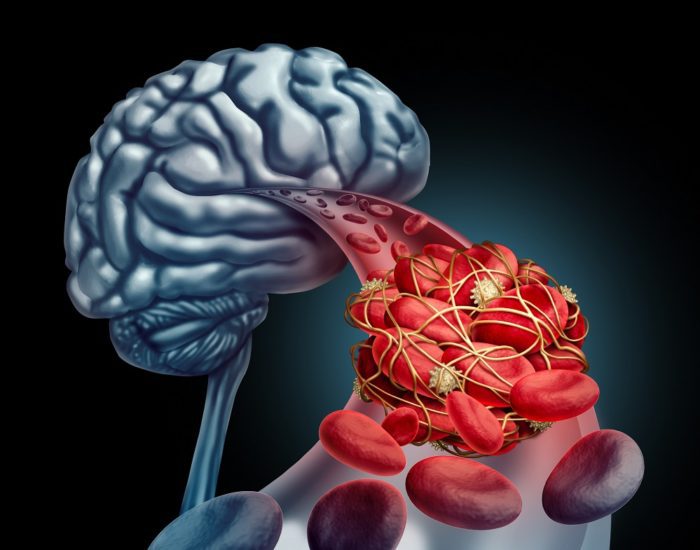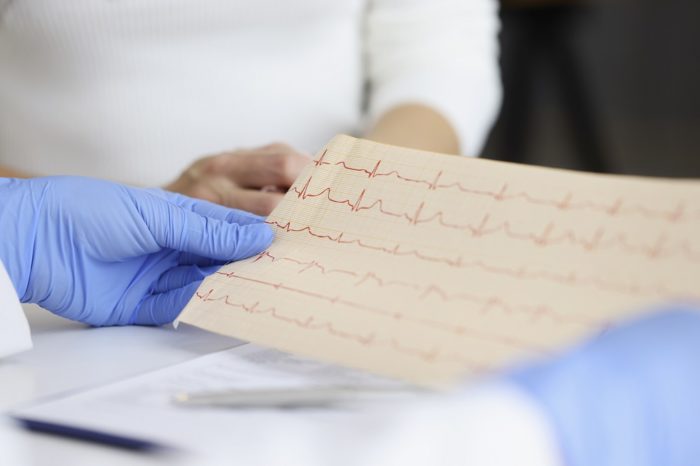Your body’s vascular system consists of a series of arteries, veins, and vessels that carry blood throughout the body and to and from the heart. If an issue forms in any portion of this network, doctors refer to it as vascular disease.
Untreated vascular disease can lead to blockages in blood flow, which will heighten blood pressure and increase the chances of emergencies like strokes or heart attacks. But you and your doctor can often manage these concerns. There are several types of vascular diseases that may affect your blood vessels. Learn more about these diseases and how you can address each issue.
Atherosclerosis
Atherosclerosis is the name of a condition in which cholesterol, fat, and other substances collect into plaque and stick to the walls of the arteries. Blood then has a much narrower pathway in which to flow, making it harder for blood to travel to the places in the body it needs to.
This is a broader term for the narrowing of the arteries due to plaque. Based on which arteries are affected, doctors may give the issue a different name. If atherosclerosis occurs in the arteries in the neck, this is known as carotid artery disease. The problem can block or reduce blood flow to the brain, increasing the risk for strokes.
Patients with this issue in the arteries of the legs, arms, or pelvis have peripheral artery disease. This can mean patients have a higher chance of heart attacks and other major medical concerns.
Treatment for this disease often begins with lifestyle changes, like eating a diet low in cholesterol and sugar. Exercise can also help patients maintain healthy blood pressure. Patients may also find success in managing their disease with medication.
Abdominal Aortic Aneurysm
An aneurysm occurs when a blood vessel grows weak and widens or dilates as a result. This ballooning, bulging effect may put the blood vessel at risk of bursting, which may have severe consequences for the patient.
An abdominal aortic aneurysm, specifically, occurs in the main artery leading from the heart to the rest of the body. A vascular doctor can detect damage to the aorta before an aneurysm forms, and well before it could rupture. Keep seeing your doctor for monitoring and treatment of the issue.
Chronic Venous Insufficiency
If you have varicose veins or spider veins, you may be familiar with chronic venous insufficiency. This issue develops when valves in the veins malfunction, commonly in the legs, and blood begins to pool under the skin. You may see a bulging or swelling of the veins as a result.
Though not often life-threatening, you can talk to your doctor about resolving this issue. Regularly moving your legs can often relieve symptoms. Some patients will want specialized treatment like sclerotherapy to treat this disease.
Deep Vein Thrombosis
Deep vein thrombosis refers to the formation of a blood clot, a mass of cells, within the veins, often in the leg. A clot can fully block a blood vessel, which can feel painful and also impact your body’s ability to function.
The clot can also dislodge and travel through the blood vessels until it reaches a vital organ. This may mean you can suffer a major emergency. Doctors can prescribe medication to help treat blood clots. They may also suggest procedures that use catheters to break up a clot. Learn more when you visit your doctor.



